Sunflower, Maximilian
Used in food plots for birds, erosion control, and prairie mixes. Perennial.
Used in food plots for birds, erosion control, and prairie mixes. Perennial.
| Grow Height | Bloom Period | Growing Regions | Planting Rate Acre |
Bloom Color |
| 3-10′ | July-Oct. | 5 PLS | Yellow |
| Weight | 1 lbs |
|---|
Be the first to review “Sunflower, Maximilian” Cancel reply
You must be logged in to post a review.
Related products
Native, cool-season perennial which can grow up to three feet tall. The plant produces a basal rosette of leaves that can grow eight inches long.
A spreading plant, Moss Verbena is naturalized across the south growing in old fields, waste areas and roadsides.
Warm season native perennial that is a member of the legume family. Plant is attractive to bees, butterflies, and/or birds.
Stout, sparingly branched, pubescent perennial, with large, oval, blue-green leaves and showy, spherical clusters of rose-colored flowers.
Produces a mixture of annual and perennial plants. Recommended planting fall and winter. Colors produced will depend on plants that can establish in your soils but includes blue, yellow, and reds mainly.
Short, bushy, long blooming annual which reseeds readily and is easily grown.
Tolerates drought, full sun, or part shade. Annual used for meadow mixes due to blue color. Seeds easily.
Adapts to many soils. Use in meadow and prairie seed blends. Prefers cool climates.
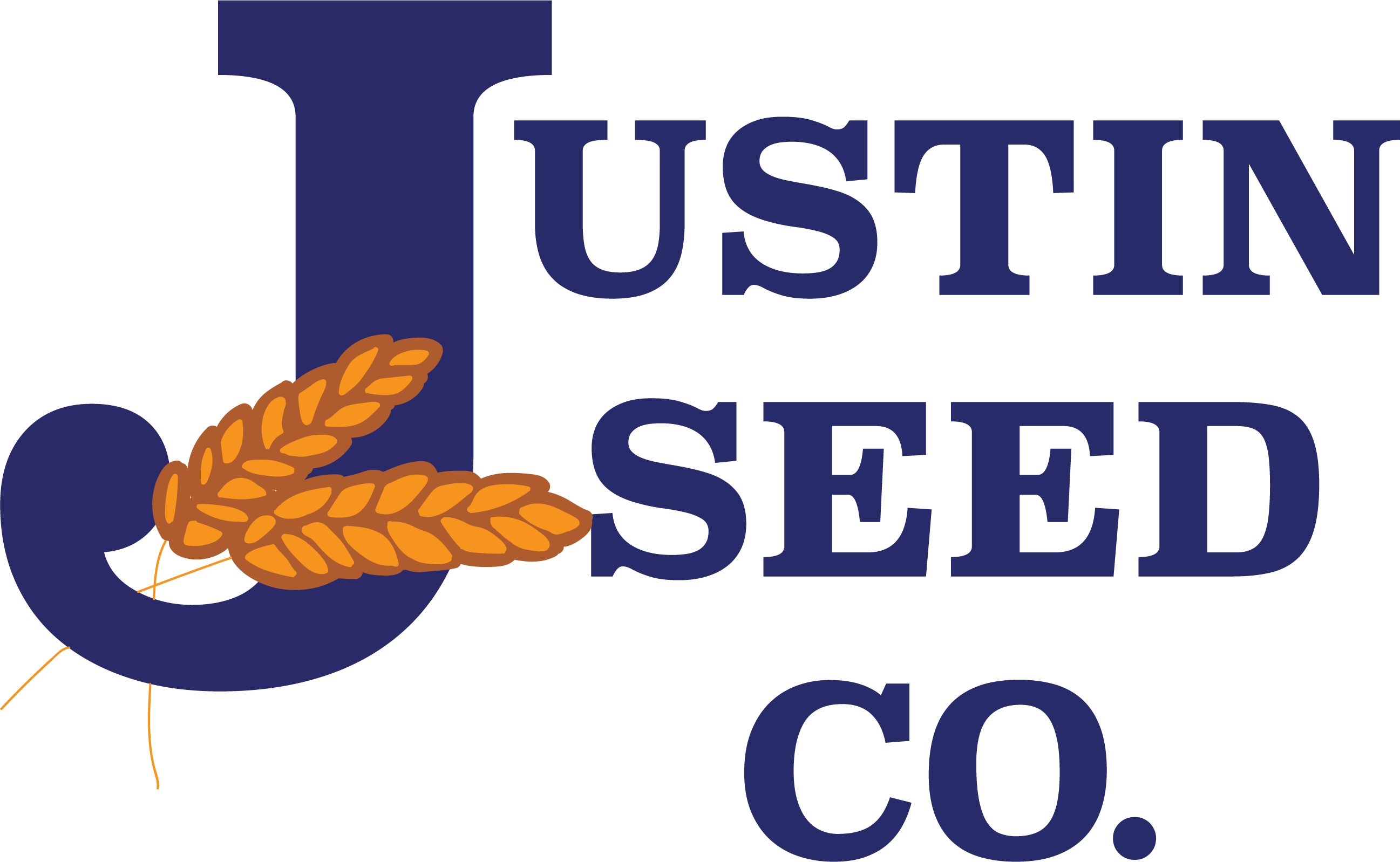
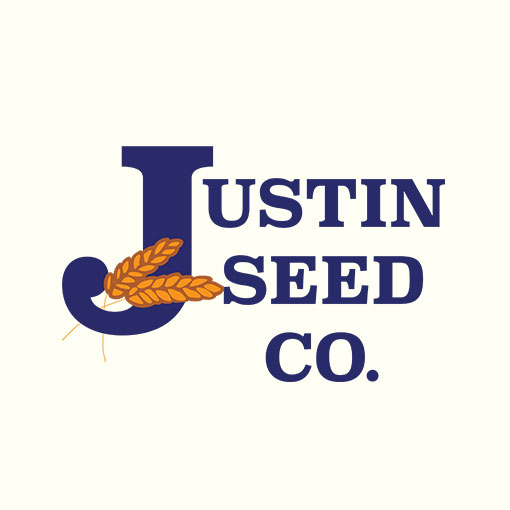


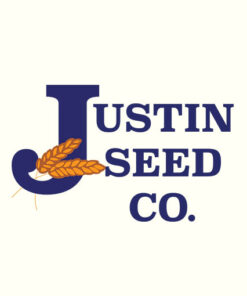
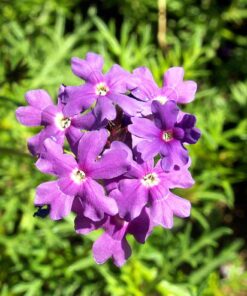
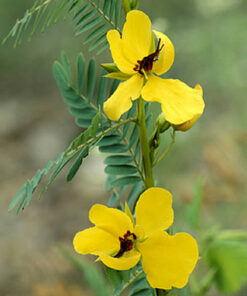

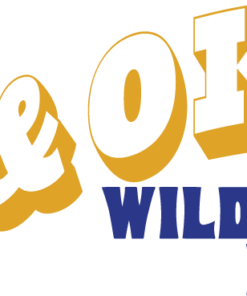
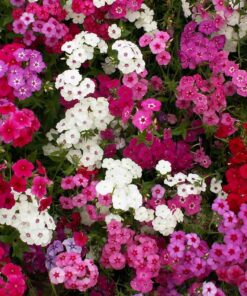
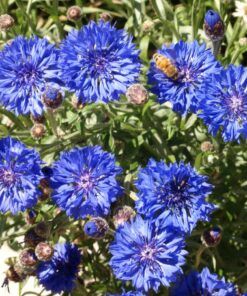
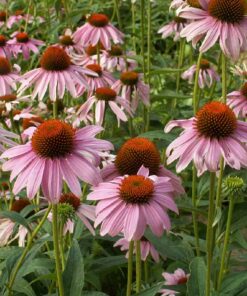
Reviews
There are no reviews yet.